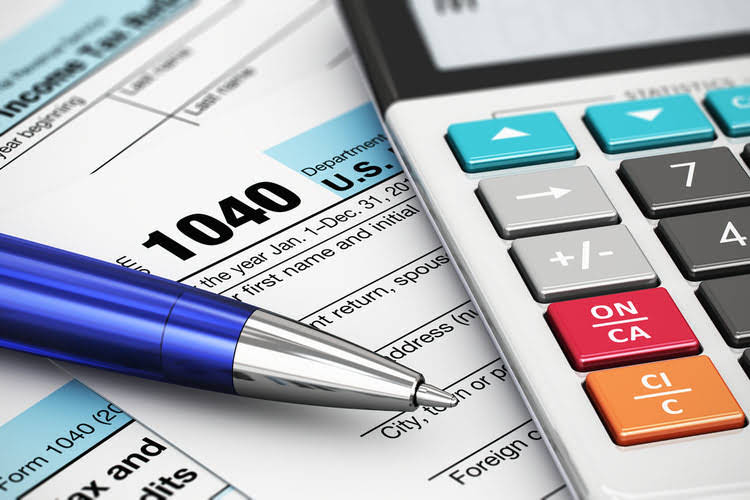
The ledger meaning in accounting refers to a book where businesses record all the information needed to prepare financial statements. While accounting journals are where you first record transactional details, these are classified and summarized in the ledger as an orderly list of debits and credits. Because it’s where the details are recorded for a second time, it’s also known purchase ledger as the second book of entry.

What Is a Purchase Ledger?
Purchase ledgers play a key role in tightening financial management in an organisation so sign up to add this bookkeeping skill to your portfolio. A purchase ledger serves as a repository for all transactions related to a company’s procurement activities. It records purchase invoices, capturing details such as transaction dates, supplier information, invoice numbers, and amounts due. This documentation is essential under accounting standards like GAAP and IFRS to ensure transparency in financial reporting.

What Are the Steps to Create a Purchase Ledger?
- Ultimately, the use of a purchase ledger plays a crucial role in safeguarding the accuracy and integrity of financial reports, promoting transparency and accountability within the organization.
- They’re in place to help you with things like financial statements, your balance sheet and purchase transactions, to name a few.
- By staying organized and up to date with supplier information, businesses can optimize their purchasing activities and enhance financial stability.
- The details move on from the ledger to create a trial balance, and finally show up on the balance sheet and income statement.
- A purchase ledger is designed to track all purchases that a company makes as well as payments issued to vendors and suppliers for those purchases.
- A typical transaction entered into the purchase ledger will record an account payable, followed at a later date by a payment transaction that eliminates the account payable.
It’s well worth preparing a ledger to keep track of your transactions and ensure that credits and debits are in balance. If the totals don’t match up, it’s time to refer back to both your original journal entries and accounting ledgers to discover errors or discrepancies. Whether you’re filing taxes or creating financial statements, it’s important to have access to accurate accounts for reference. We’ll explore the ledger meaning in accounting below, as well as why it’s so important to any business. Enhanced organization through the purchase ledger involves effective vendor management, maintaining financial accuracy, and ensuring a balanced ledger for precise financial tracking.
- They would write up the purchase invoices and any payments in a thick leather-bound book.
- And it will include purchase invoices, purchase credit notes and any payments made.
- Purchase ledgers play a key role in tightening financial management in an organisation so sign up to add this bookkeeping skill to your portfolio.
- From tracking business expenses to analyzing supplier performance, a purchase ledger can help improve your organization’s financial management and accuracy in reporting.
- The ledger is useful for segregating into one location a record of the amounts a company spends with its suppliers.
Learn best practices for purchasing, finance, and more
It is an essential component of a company’s accounting system as it helps in maintaining detailed records of all expenditures made for goods and services. By accurately recording each transaction, the purchase ledger enables businesses to keep track of their accounts payable, ensuring that payments are made on time to suppliers. The ledger also aids in Grocery Store Accounting managing accounts receivable by documenting any credits due from customers for goods sold or services rendered.

What is a Purchase Ledger?

If ABC Manufacturing was your only vendor, your AP balance at the end of September would be $2,400.
Definition of a purchase ledger
Utilizing a purchase ledger offers benefits such as improved organizational efficiency, enhanced financial compliance, streamlined auditing processes, and accurate financial reporting. Efficient cash flow management via the purchase ledger involves judicious credit control, adherence to payment terms, and strategic management of financial inflows and outflows. Payment record management involves tracking and documenting all outgoing payments to suppliers, enabling Accounting Periods and Methods businesses to monitor their cash flow effectively.

